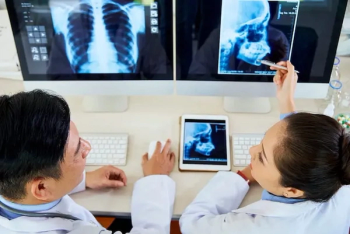FDA Clears Remote Scanning Software with MRI, CT and PET Capabilities
The syngo Virtual Cockpit platform reportedly enables remote access and image acquisition for CT, MRI and positron emission tomography (PET), and facilitates clinician collaboration across multiple sites.
The Food and Drug Administration (FDA) has granted 510(k) clearance for the syngo Virtual Cockpit, a multi-vendor remote scanning platform that may help facilitate improved access to advanced imaging for patients in remote locations.
The
In addition to possibly facilitating improved standardization for imaging of remote patients, Siemens Healthineers suggested the syngo Virtual Cockpit could be utilized in training staff at remote facilities.
“This FDA clearance means that our customers can use syngo Virtual Cockpit for their remote scanning operations with even more confidence that they are using a proven solution — one that prioritizes patient safety and convenience while also addressing operational and staffing challenges,” noted Peter Shen, head of digital and automation at Siemens Healthineers North America.
Newsletter
Stay at the forefront of radiology with the Diagnostic Imaging newsletter, delivering the latest news, clinical insights, and imaging advancements for today’s radiologists.





